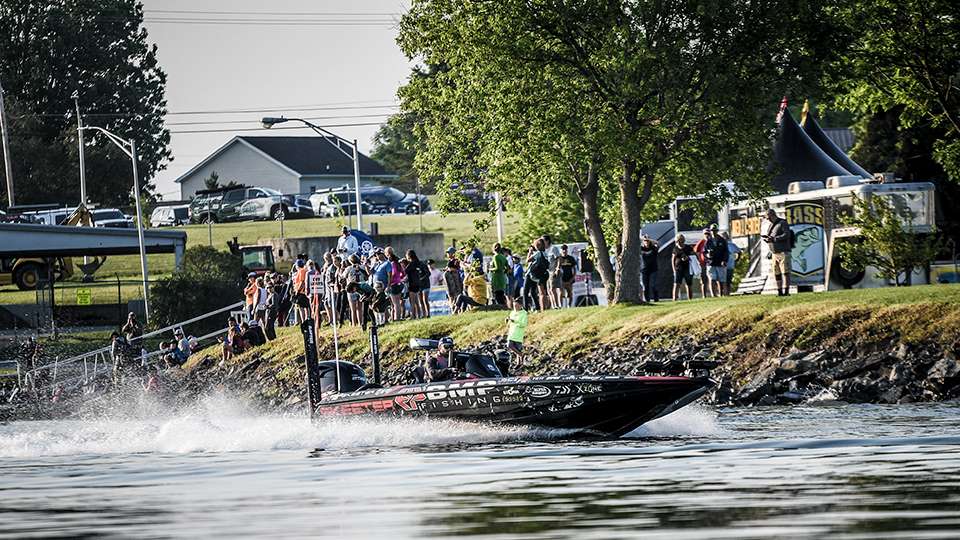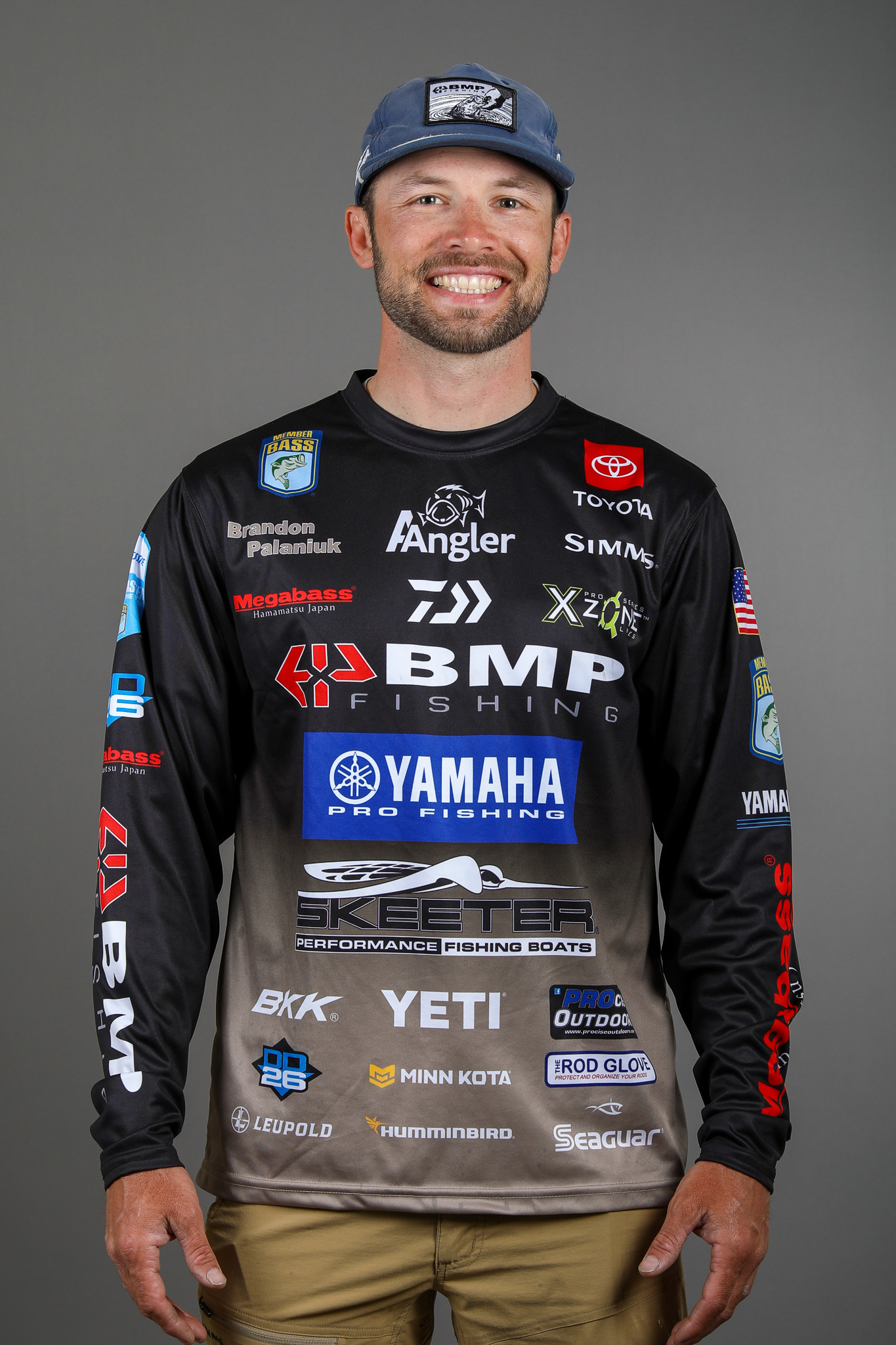
Many of my colleagues cite their upbringing in places like Arkansas or Alabama as a big part of their success. I agree that the ability to fish all year long on varied lakes and rivers is a huge advantage, but I also believe that my early tournament days in Idaho have contributed heavily to my own success on tour.
I was able to learn a lot of different scenarios, and it taught me not to be afraid of deep water. While bass were always my number one target, the wealth of other species up here also played a role in that learning process.
If you look at the history of fishing tackle, a lot of bass gear is derived directly from other types of fishing. Take the Alabama Rig, for example – it’s simply a saltwater spreader rig. It might’ve been new to the bass world when Paul Elias used it to win a big tournament a decade ago, but it certainly wasn’t new.
Obviously the big craze in bass fishing right now is forward-facing sonar. Many recent major tournament winners have credited it in their victories. You also hear about it a lot in the crappie world. Beyond that, however, it doesn’t seem to get much love.
I’ve had my Humminbird Mega 360 for quite a while, and it has contributed substantially to my success on tour. Recently I’ve been investing a lot of time into dialing in my Mega Live, and believe it or not rainbow trout have been a big part of that process.
I was out looking for bass over 50 to 60 feet of water around some underwater rock islands when I started seeing suspended marks in 20 to 25 feet. I cast out my lure to the first fish I spotted, and it swam over and ate it. The fish turned out to be a 5-pound rainbow trout.
That certainly caught me off guard. Then I saw another mark and pretty much replicated that result. Maybe there was something to it. I stuck with it, and the trout really helped me to dial in my Mega Live — not just my settings but also how I use it to find fish and stay with them.
Unlike bass, trout are usually not suspended near cover so they don’t sit still. That means not only is casting angle critical, but you have to get on them quick and stay with them or they’ll vanish. Fishing for them with Mega Live taught me how to assess casting angles and distances.
It also let me use one of my favorite fishing lures for vertical applications, the Rapala Jigging Rap. It has produced a number of key fish for me on tour over the years, but it really excels in determining the makeup of a school of fish. It’s great at tempting so many species – not just bass, but also walleye, crappie and perch – that you don’t waste a lot of time chasing fish that won’t help you. It’s a quick way to figure out what they are.
Since that initial encounter with the rainbow trout, I’ve been out several more times targeting them specifically. I know where some absolute giants live, and I’d like to catch a few on bass tackle.
Furthermore, I think it will really help with my tournament fishing. If I can learn how to better target suspended fish relating to nothing at all I’m convinced that at some point it could help me in a big way. Maybe that’ll happen this year. I intend to try it out any time we’re fishing deep, clear bodies of water.
That’ll start with the Bassmaster Classic at Lake Hartwell. The fish there relate a little bit to brush, but generally they’re following the nomadic blueback herring.
I think it could also be a player at Oahe, where the bait is similarly mobile. Nothing there lives on the bottom (at least that was the case last time we were there) – no crawfish, no gobies – so anything that helps an angler find and stay on top of the moving schools of fish could be the key to victory.
Don’t ever hesitate to apply tactics and techniques from other styles of fishing to your bass fishing. It can be the best way to keep learning and keep improving.

